-80px
-80px
-80px
-80px
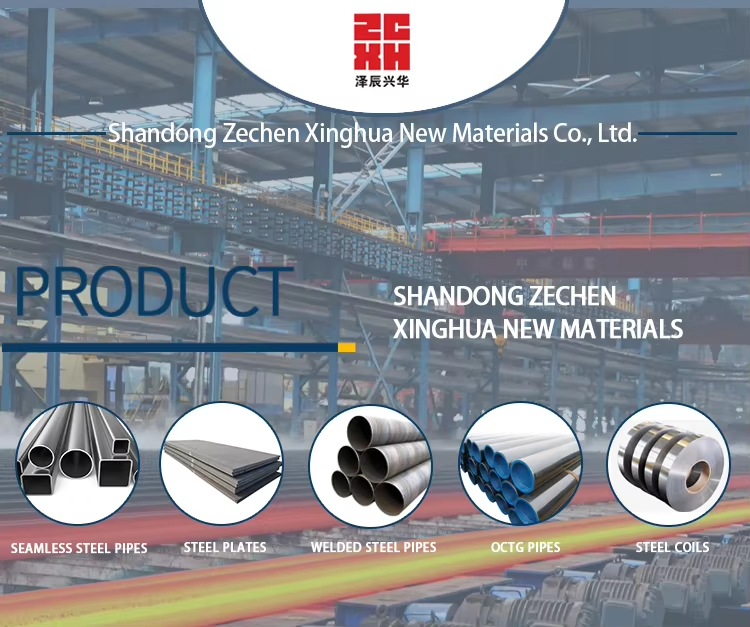
Product Information
Chloride Ion Resistance: 316/316L contain 2-3% molybdenum (Mo), which forms a more stable chromium-molybdenum oxide passive film on the surface. Unlike 304 (no Mo), this film resists pitting, crevice corrosion, and stress corrosion cracking (SCC) in high-chloride environments (e.g., seawater, salt spray)—even after bending (which may locally disrupt the passive film, but the alloy’s self-healing ability restores protection).
316L’s Low-Carbon Advantage: 316L has a carbon content ≤ 0.03% (vs. 316’s ≤ 0.08%), which eliminates sensitization (chromium carbide precipitation at grain boundaries) during high-temperature bending or post-bending heat treatment. This prevents intergranular corrosion (IGC) in corrosive media (e.g., chemicals, coastal air)—a must for large-diameter pipes in long-term critical service.
Product Display
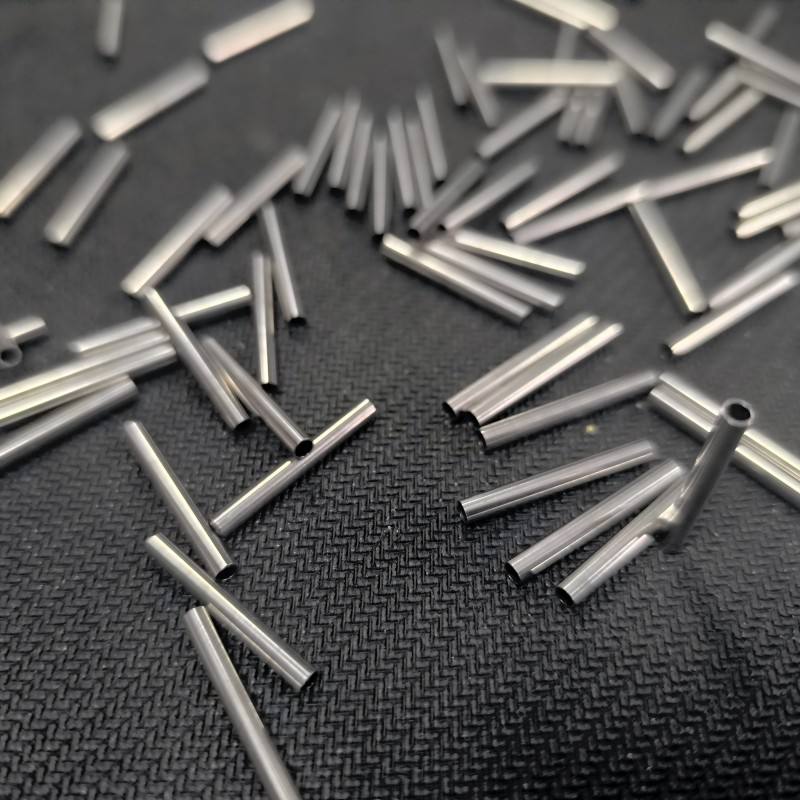
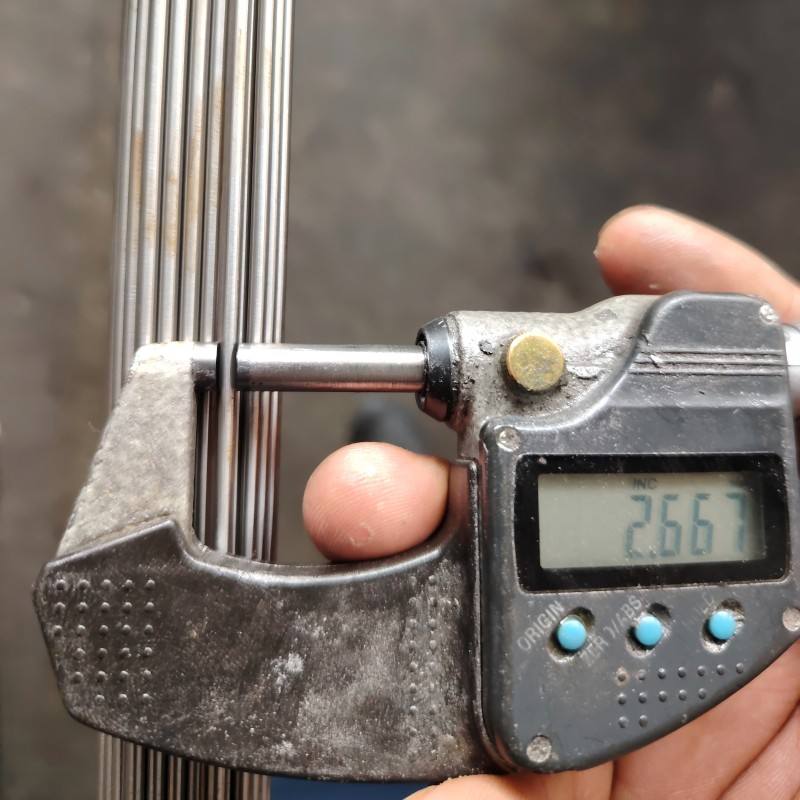
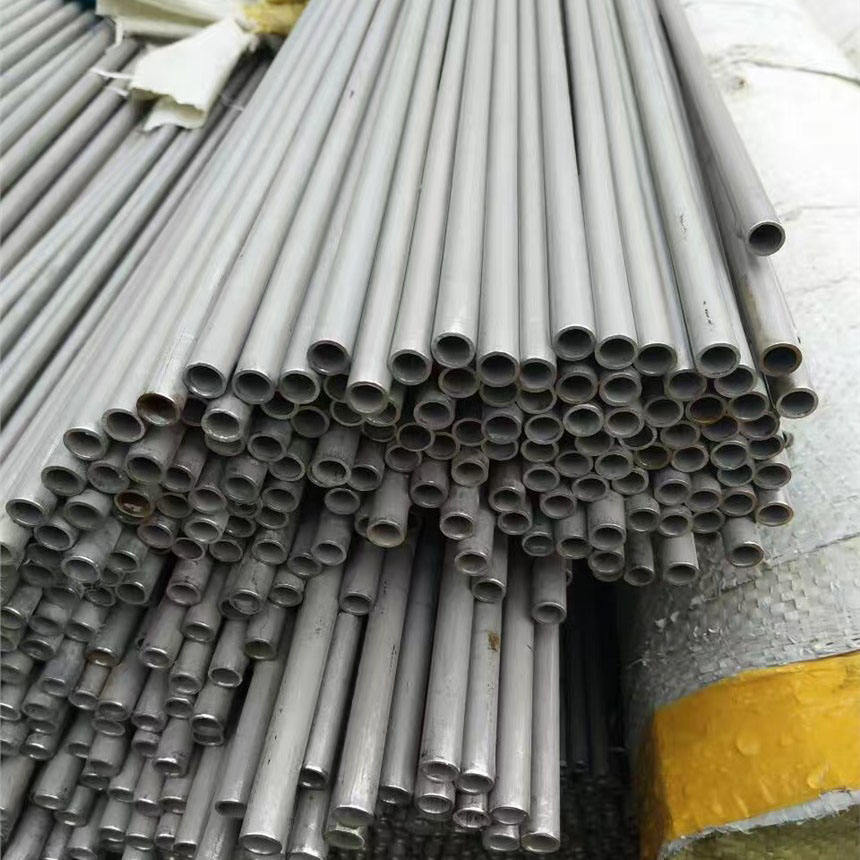
Production Workshop
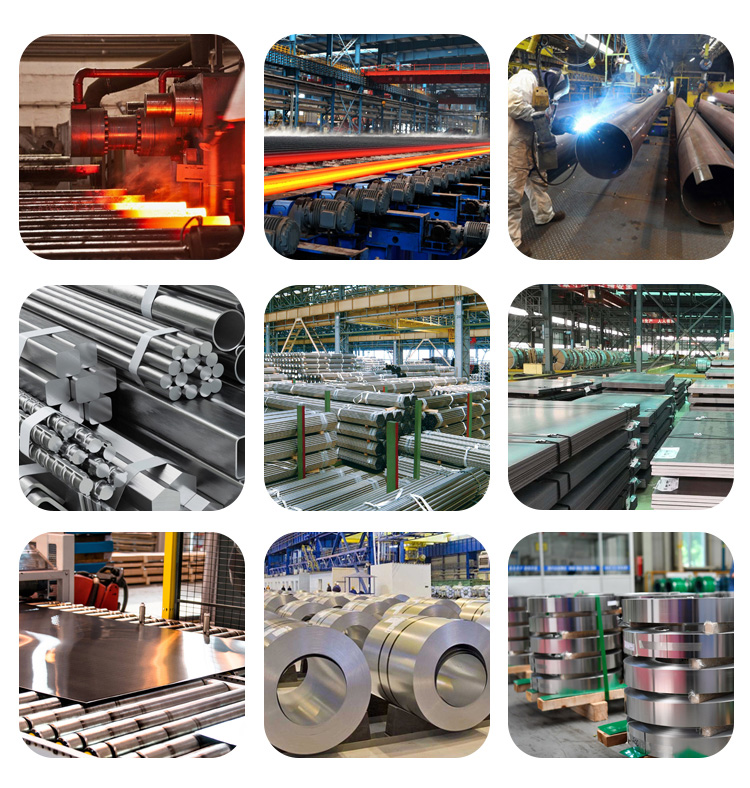
Why Choose Us
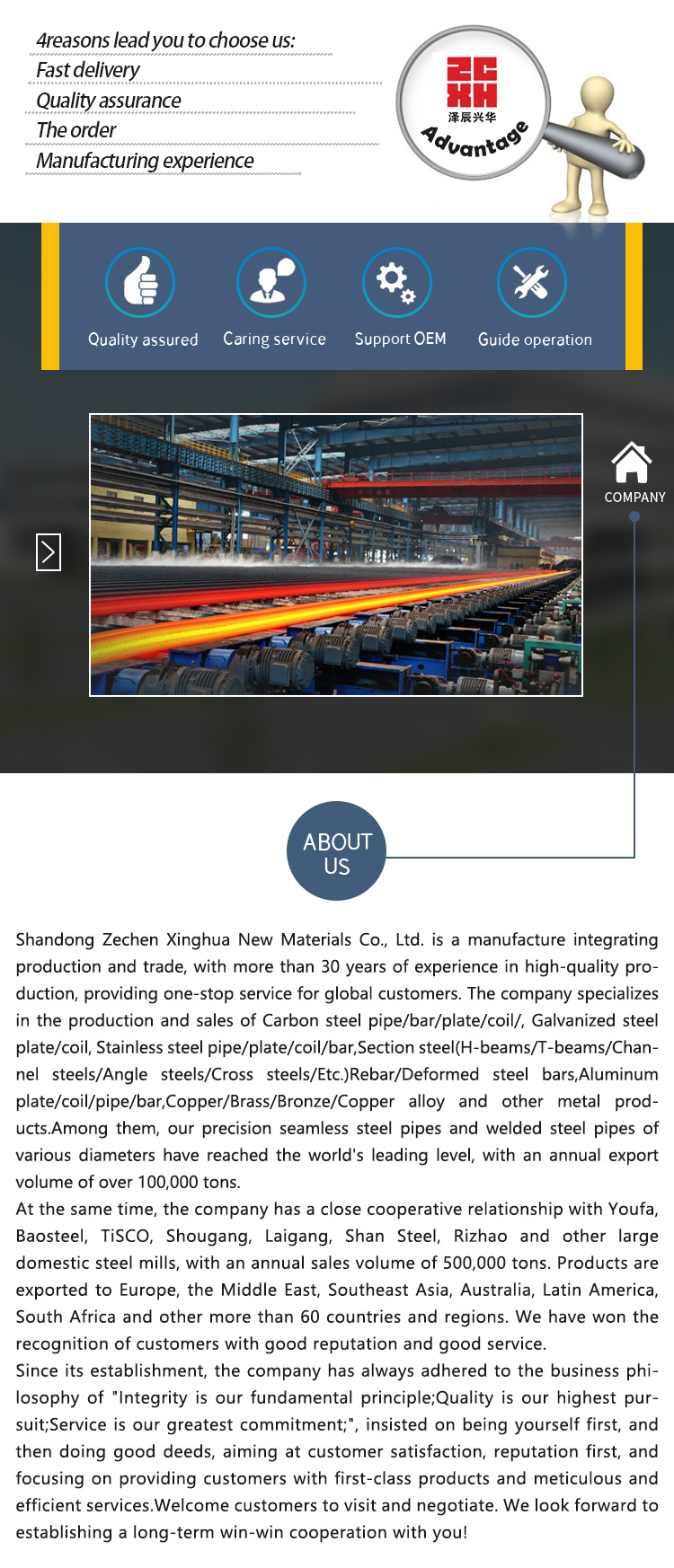
Our Products
